In recent years, with the development of industry 4.0, China's manufacturing industry from "manufacturing" to "intellectual" direction of the development speed is more and more rapid, 3D printing technology has been widely used in China's manufacturing industry, 3D printers can be used for mold design and manufacturing to provide Efficient, low-cost support. Even with the rapid development of 3D printing technology, in some areas, has gradually begun to subvert the mold technology, and the formation of direct competition.
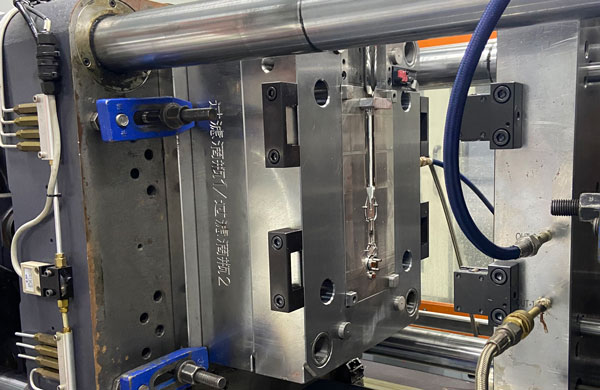
Compared with 3D printing technology, traditional mold manufacturing requires more steps and processes, and the mold production cycle is longer. This can put new products at a great disadvantage in terms of time to capture the market. 3D printing of injection molds, on the other hand, is an efficient solution, and some manufacturers are beginning to utilize 3D printing technology to manufacture injection molds. Typically, it takes several weeks to two months to produce a mold, while 3D printing technology can complete the mold prototype in a few hours, and can be immediately modified according to the test results, and then injection molded the final product samples, while the traditional mold manufacturing may still be in production. Clearly, 3D printing greatly reduces the development cycle. Only in the mold production cycle, 3D printing technology has had a certain impact on the traditional mold manufacturing.
However, although 3D printing technology has a short production cycle, raw materials, convenient, product pressure uniformity and many other advantages, but 3D printing technology can not completely replace the traditional mold manufacturing methods, this is because 3D printing technology in the production and manufacturing process there are still some problems. For example, 3D printing technology is processed layer by layer to get the product, which will shorten the production cycle of the mold, but at the same time will also lead to the surface of the mold has a step grain effect. A similar problem exists with directly printed molds, which require machining or sandblasting at a later stage to eliminate these fine, toothed edges. These secondary processes largely undermine the speed advantages of 3D printed molds. Meanwhile, injection molds need to be heated to very high temperatures in order to ensure good material flow properties. Aluminum and steel molds typically experience temperatures of 260°C or higher, especially when processing high-temperature plastics such as PEEK and PEI materials. It's easy to produce thousands of parts with metal-based molds, and they can also be used as transition molds until the final mass-production molds come out. In contrast, the materials used to make molds using 3D printing technology are typically photosensitive or thermosetting resins, which are cured by UV light or lasers. These plastic molds, despite being relatively hard, break down very quickly under the thermal cycling conditions of injection molding. In fact, 3D printed molds typically fail within 100 uses in a mild environment, and some even produce only a few parts.
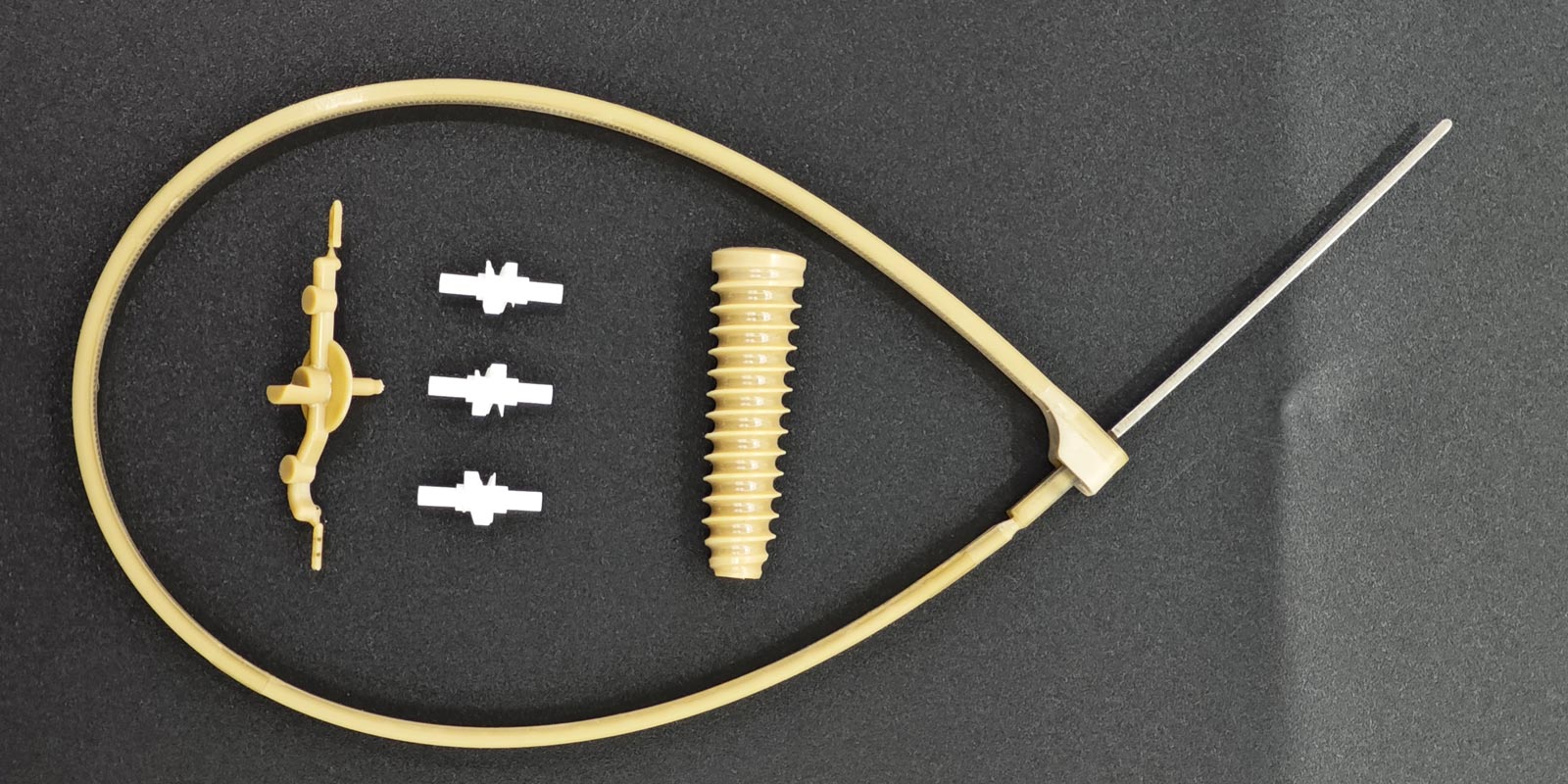
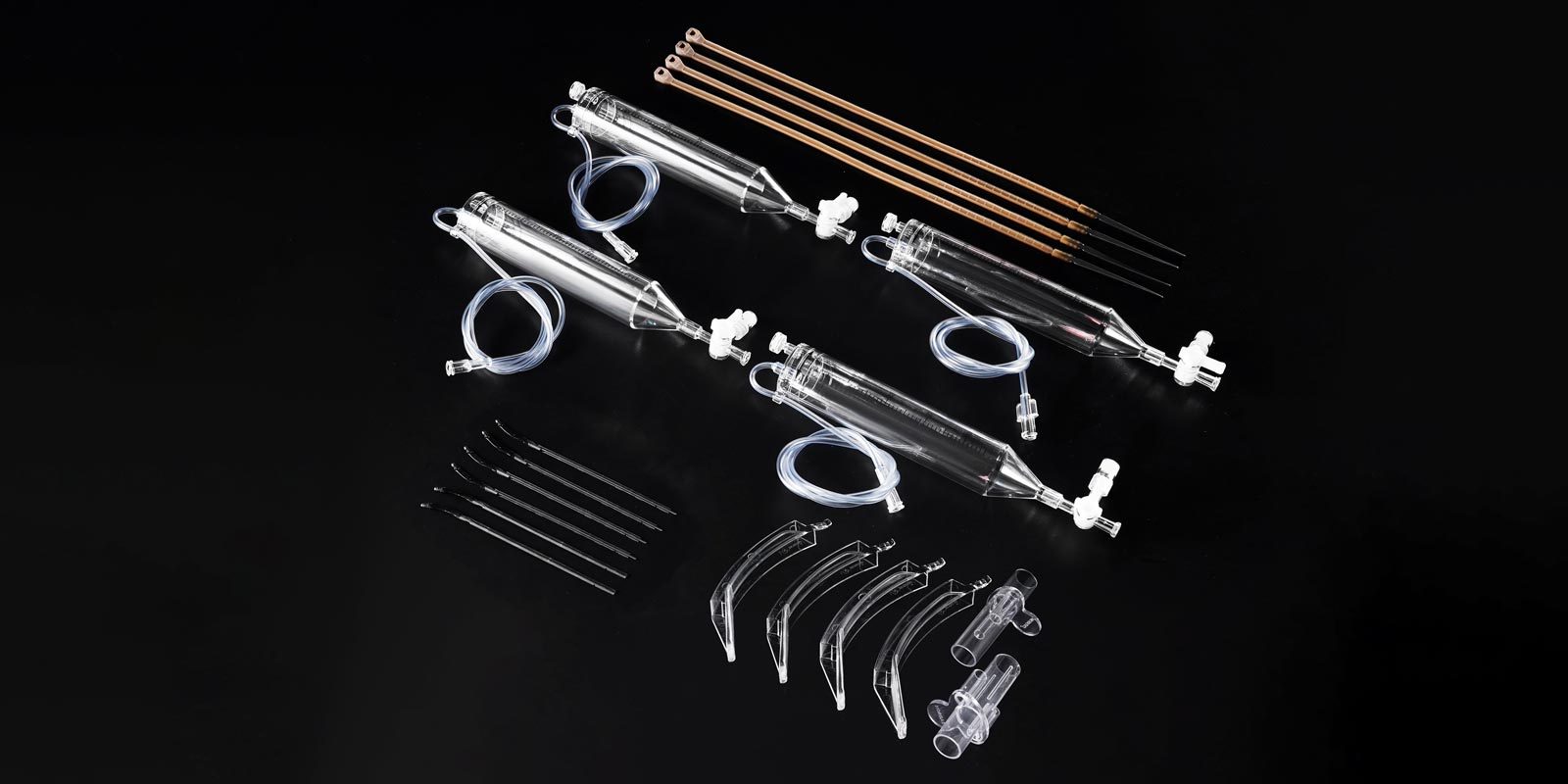
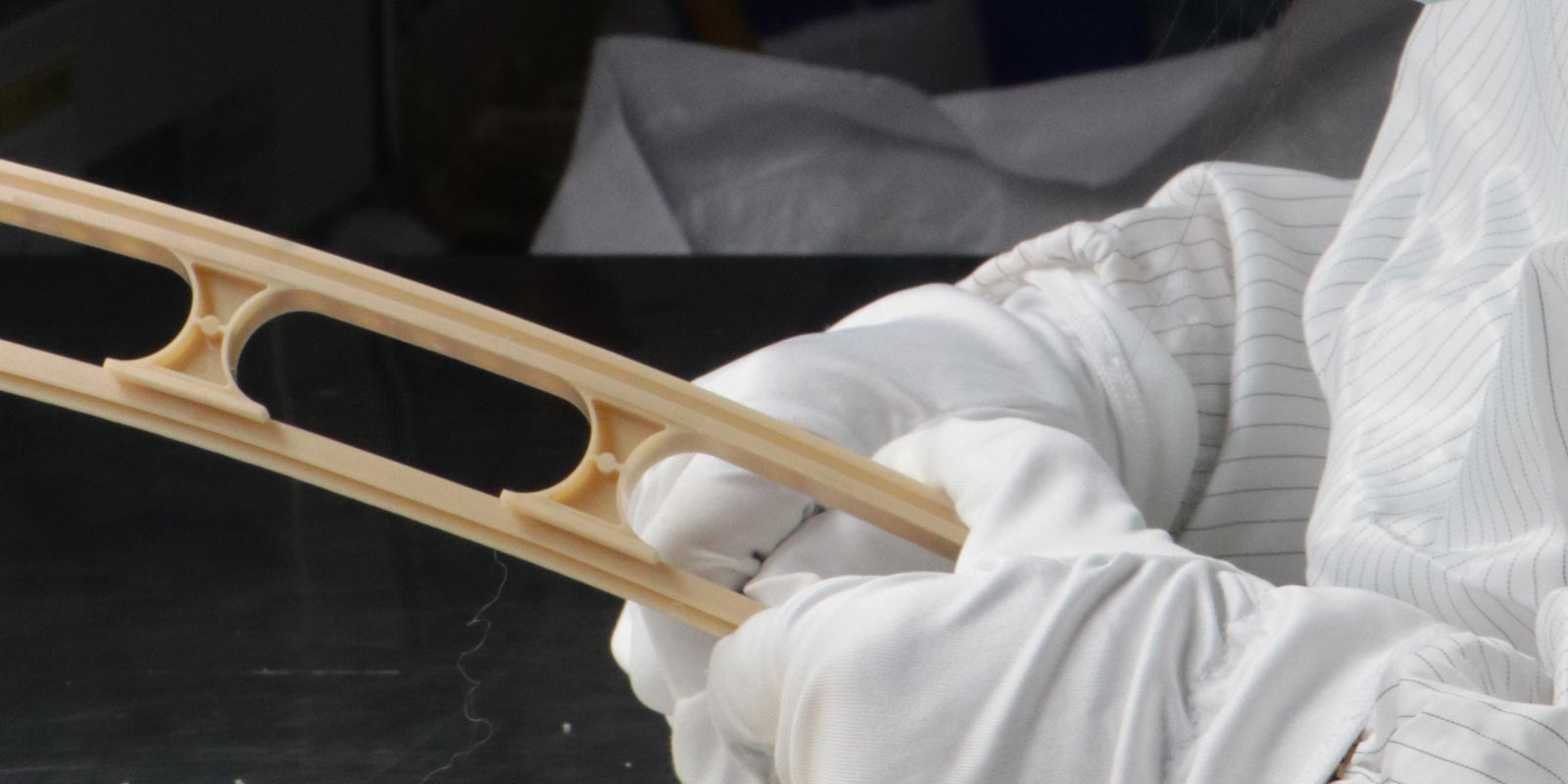
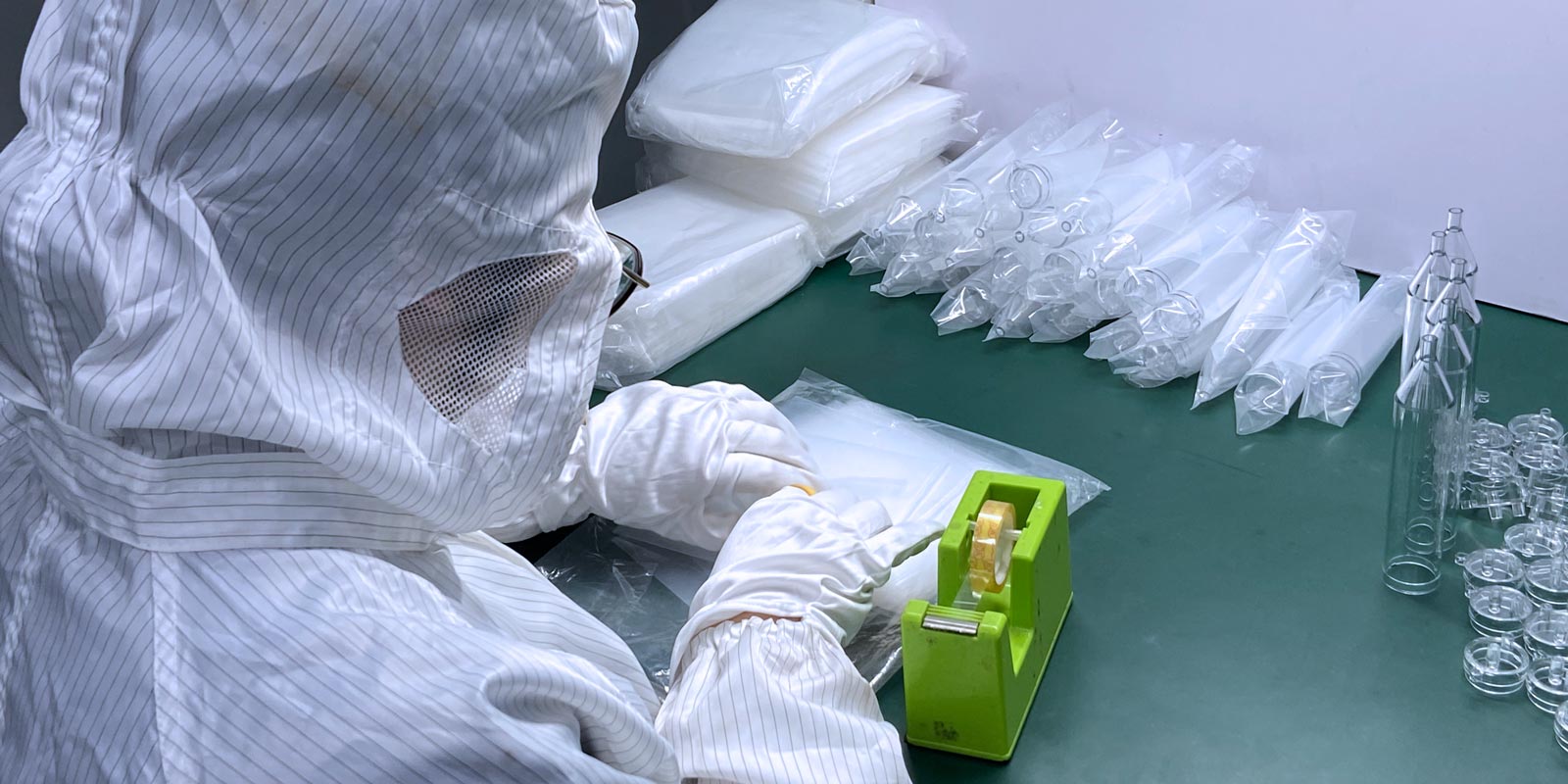
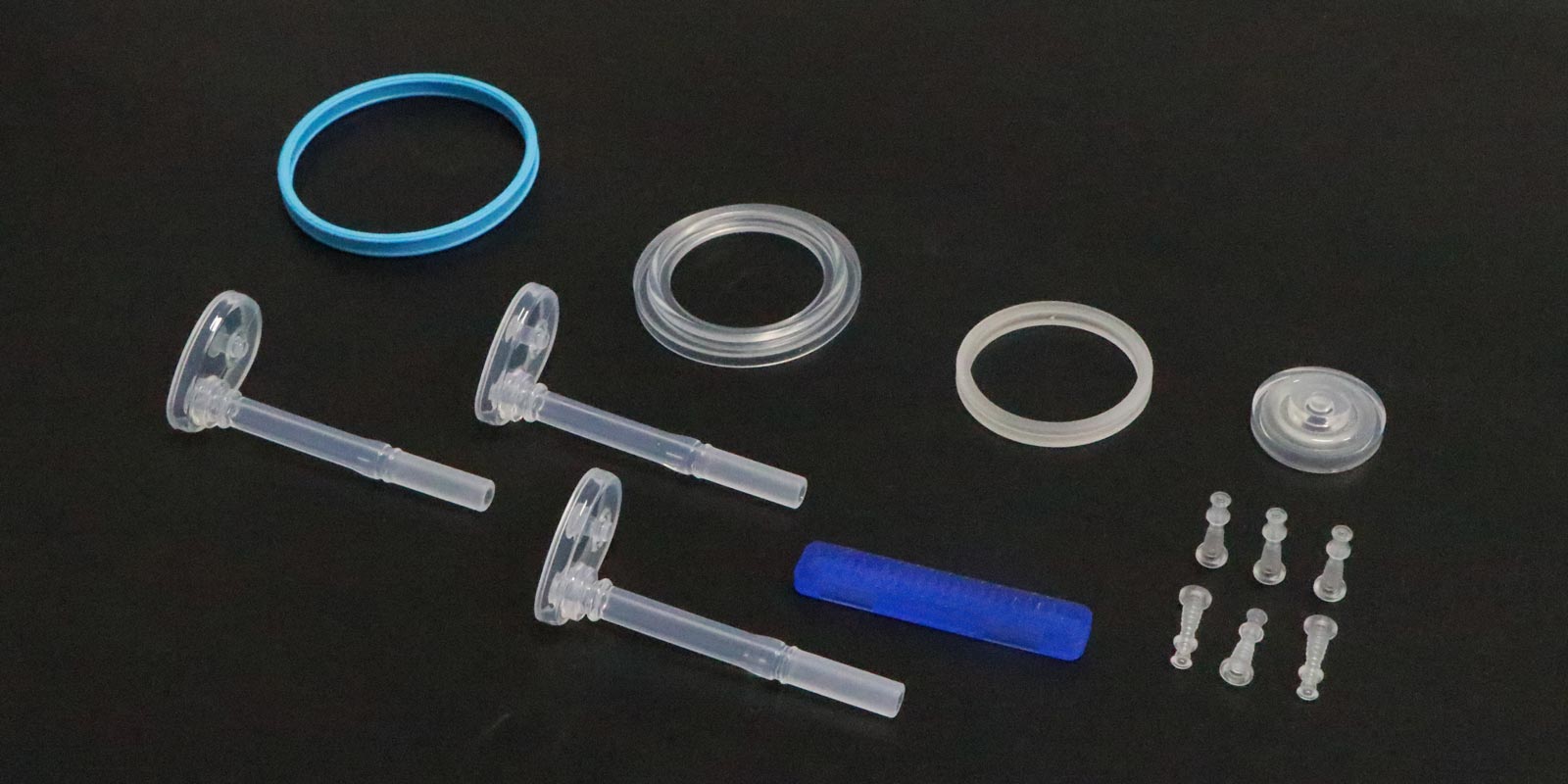











 Home
Home
